
As part of his big-bucks pandemic relief package, President Joe Biden proposes $130 billion dollars to reopen public K-12 schools. It’s an impressive figure when you consider that annual federal funds to government schools in recent years has been around $60 billion, with the vast majority of school money coming from state and local sources. But much opposition to opening schools for in-person instruction comes from teachers unions fighting to draw pay while kids languish with substandard remote offerings. That makes the money look like a bribe to the administration-linked labor bloc to get it to live up to the example of competing education options.
This School Choice Week, let’s compare the government schools with those alternatives.
“The COVID-19 pandemic created unprecedented challenges for K-12 schools and institutions of higher education, and the students and parents they serve,” Biden argued in his American Rescue Plan, released before his inauguration. “The president-elect’s plan will provide $130 billion to support schools in safely reopening,” it added, leading into a list of potential purchases with the truly vast sum of money.
But the offer to make schools safer comes months after data from Europe and the United States indicates that schools aren’t hot beds of infection. “Two new international studies show no consistent relationship between in-person K-12 schooling and the spread of the coronavirus,” Anya Kamenetz noted for NPR last October.
“The best available data suggests that infection rates in schools simply mirror the prevalence of covid-19 in the surrounding community,” Emily Oster, a Brown University economics professor, wrote in November.
“The default position should be to try as best as possible within reason to keep the children in school or to get them back to school,” Anthony Fauci, director of the National Institute of Allergy and Infectious Diseases, commented on November 29. While Fauci has flip-flopped on this issue, he repeatedly returns to the idea that schools should be open to teach children.
Nevertheless, many government schools across the country remain closed or only intermittently open. That’s largely a result of opposition by teachers unions, who raise bogus safety fears. Even now, unions in Minneapolis and St. Paul resist reopening and the union in Chicago plans to strike over the issue.
And while bureaucrats and union leaders clash over whether the schools they mismanage should make any sort of effort to serve students, those kids are backsliding. The effects aren’t yet catastrophic, but test scores show children losing ground—especially in math.
While public school have never been very flexible or responsive to family needs and have a reputation for underachieving, their nearly complete failure to adapt to the pandemic has driven students to the exits. “Public school enrollment is down across the country,” Taryn Morrissey, associate professor of public administration and policy at American University School of Public Affairs, observed earlier this month. “For example, enrollment dropped by 15,000 in Chicago public schools and more than 20,000 for the District of Columbia.”
The extent of flight from government schools varies but, in October, NPR reported “the average kindergarten enrollment drop was 16%.”
In an analysis of 33 states, Chalkbeat and The Associated Press found an overall decline in public school enrollment of 2 percent after years of slow, steady increase.
Where are those kids going?
“Some children, especially those from high-income families, are attending private schools, which are more likely to offer in-person schooling,” adds Morrissey. “An increasing number of families are choosing to home-school.”
“In a survey of 160 independent schools over 15 states and the District of Columbia, almost half of schools (78) surveyed report they have experienced higher enrollment in the current school year, relative to the prior year,” Damian Kavanagh, president of the Mid-South Independent School Business Officers association and Ben Scafidi, the director of the Education Economics Center at Kennesaw State University reported in November. “Forty-eight schools experienced a decrease in enrollment, while the remaining 34 schools had enrollments ‘stay about the same.’ Of schools where enrollment essentially was unchanged, the reason that enrollment did not increase at 14 of them was because they were at capacity.”
Keep in mind that, during a time of lockdown-induced economic privation, people are digging deep in their pockets to pay private school tuition on top of the taxes extracted for the schools they’ve fled. Why? “More families are seeking out private or independent schools that are fully in-person rather than remote,” The Post and Courier of Charleston, South Carolina reported last week.
But, if you want something done your way, the best approach may be to do it yourself —and families are doing just that in droves. An estimated 3.3 percent of children were homeschooled in 2016, up from 1.7 percent in 1999, according to the National Center for Education Statistics. That share is now closer to 10 percent, as indicated by surveys from Education Week and Gallup.
“Home schooling will become more mainstream and socially acceptable, now that so many people are getting experience with schooling their own children from home—whether it’s through traditional home schooling or overseeing their children’s remote schooling,” Christopher Lubienski, a professor of education policy at Indiana University, told Education Week.
Making such an outcome more likely is the proliferation of resources for families that choose to educate their own children. The National Homeschooling Association even offers an online curriculum matching service (and I offer a free online list of resources).
Families are also joining together to pool their efforts in “learning pods” and “microschools“—a range of arrangements that span the spectrum from homeschooling co-ops to small, flexible private schools with paid teachers. The exact form varies because the needs of parents and students vary. That is, while bureaucrats and union officials battle over whether schools should be open at all, families are ignoring the spats to develop approaches that work for their particular situations.
But laying out tuition and resources for various forms of private school and homeschooling gets spendy when you’re also coughing up the taxes for ineffective government offerings that you don’t want. That can limit options to middle- and upper-income families while poorer kids wait on the one-size-fits-some outcomes of labor negotiations. Public schools are on the verge of becoming the education equivalent of Medicaid—a last-resort choice for those who can’t afford better.
Fortunately, some states offer tax credits, vouchers, and other means of letting families spend at least some proportion of education funds on options they choose rather than on take-it-or-leave-it government offerings. More are considering changes to let money follow kids to their chosen education.
“Legislators in 14 states have introduced bills to fund students instead of systems this month,” notes Corey DeAngelis, the Reason Foundation’s Director of School Choice. The Educational Freedom Institute, where DeAngelis is executive director, tracks states that are considering expanding school choice and makes it easy to contact lawmakers.
That’s a good place to start if you want to improve children’s access to learning. Making it easier for families to fund their preferred education options will be a lot more effective than throwing a big bribe to teachers unions.
from Latest – Reason.com https://ift.tt/2YdRbas
via IFTTT
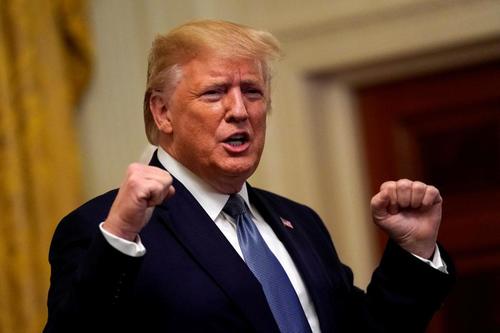

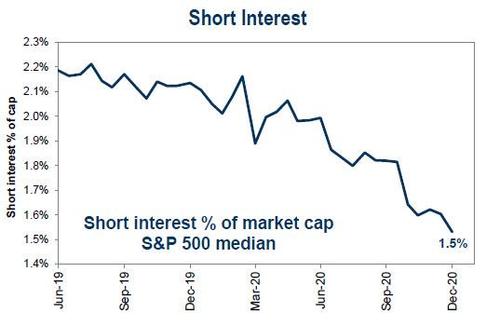
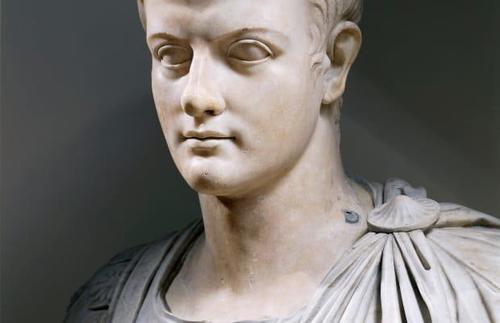


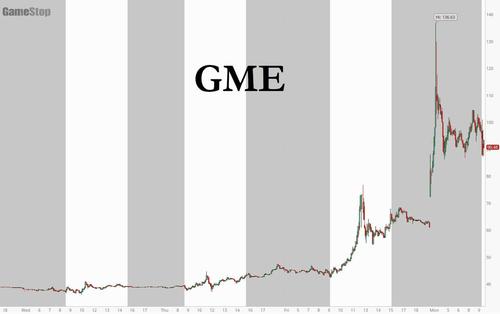
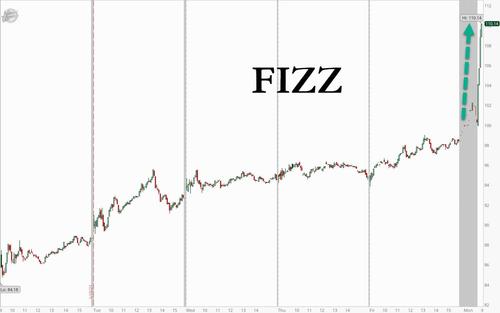
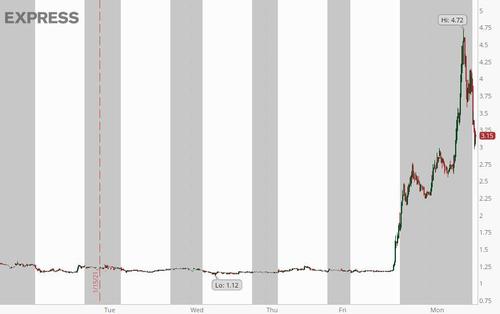
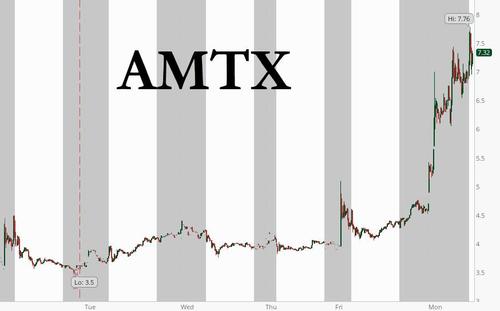
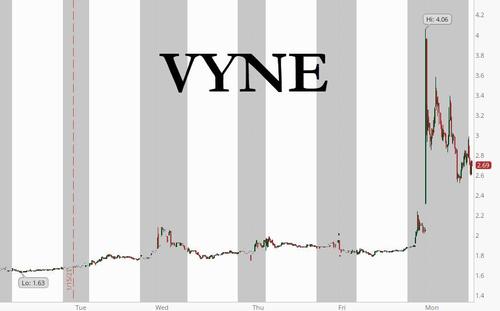
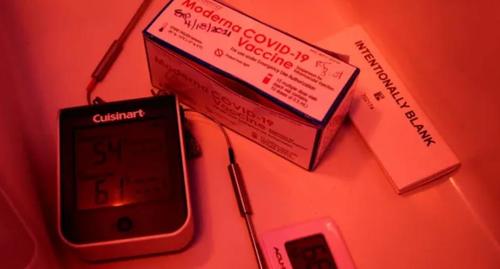
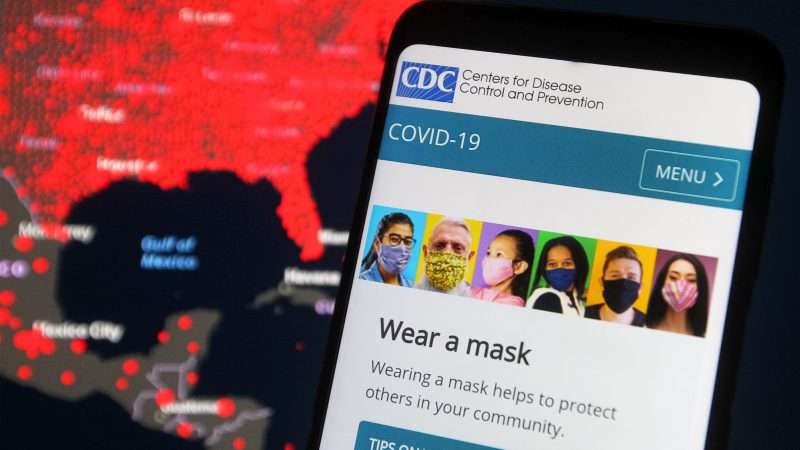
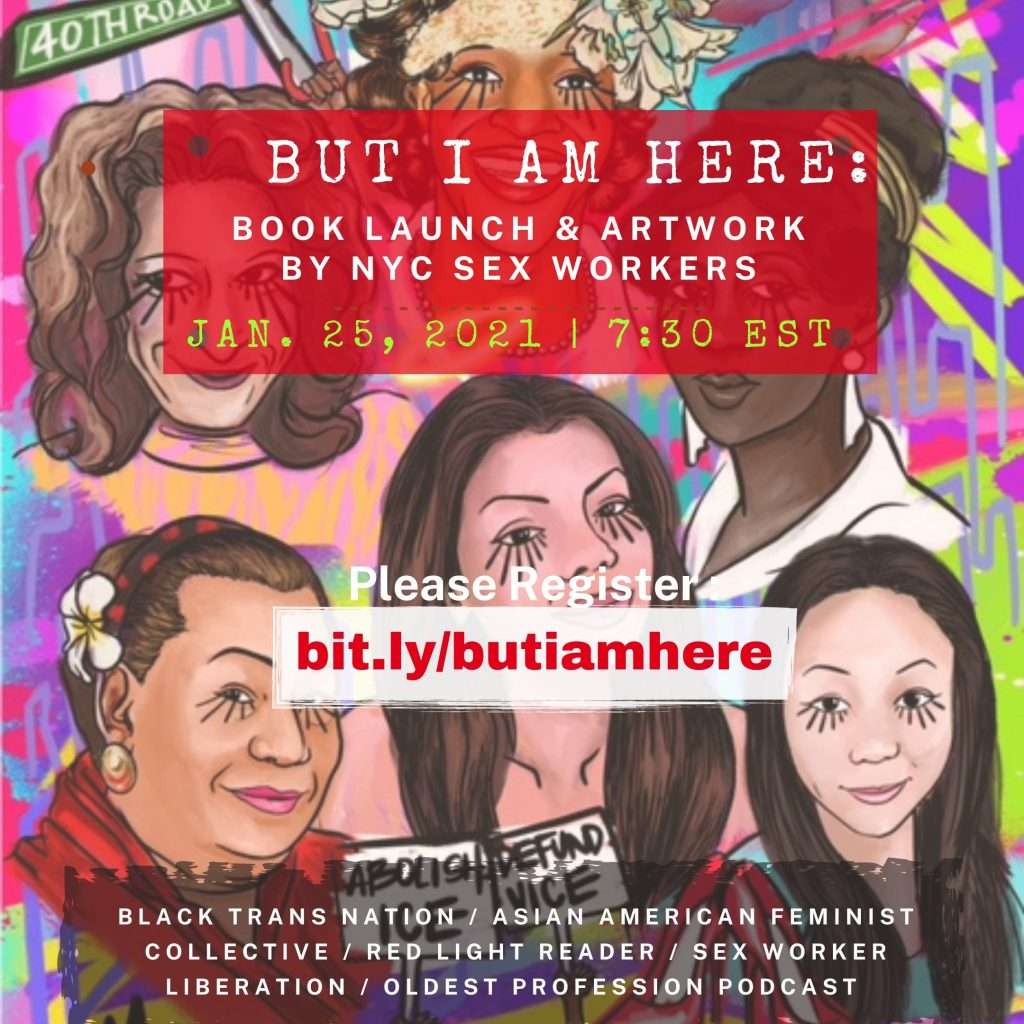 Art project stresses continuity between sex worker activism in early 1900s and today. “On Jan. 25, 1917, sex workers in San Francisco marched to the Central Methodist Church to meet with Rev. Paul Smith, who had organized a campaign to rid and protect the city from vice. This was the first sex worker-led protest in the U.S.,”
Art project stresses continuity between sex worker activism in early 1900s and today. “On Jan. 25, 1917, sex workers in San Francisco marched to the Central Methodist Church to meet with Rev. Paul Smith, who had organized a campaign to rid and protect the city from vice. This was the first sex worker-led protest in the U.S.,”